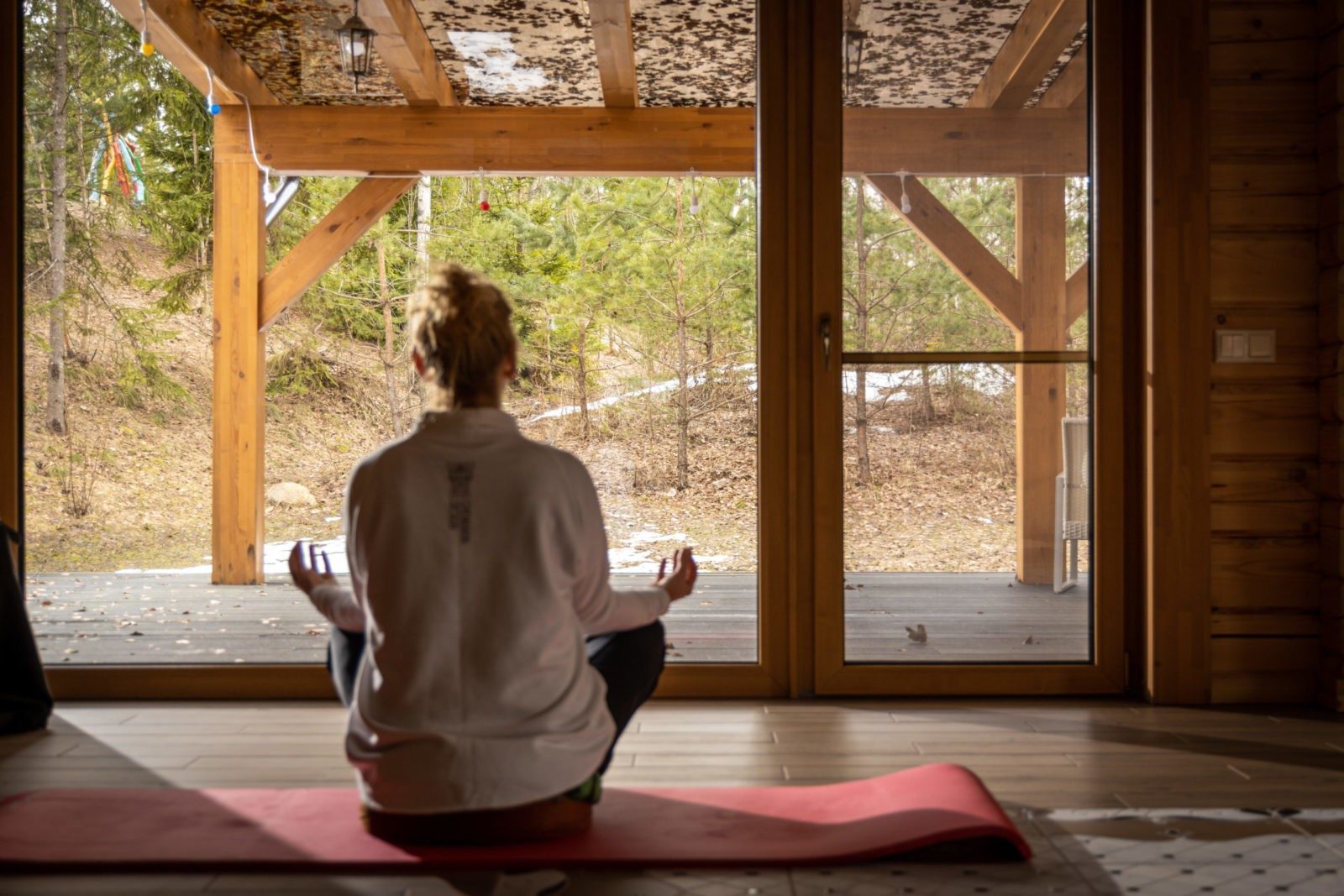
Archetypes: What are they and why is it important to know about them?
Carl Gustav Jung and Archetypes
Carl Jung was a prominent figure in the psychoanalytic movement, working alongside Sigmund Freud to delve into the depths of psychology and explore the unconscious manifestations of the human psyche. Throughout his career, Jung expanded on Freud’s approach to the psyche as a complex, multi-layered system with conflicting energies. His research led to the development of his own unique theories, which had a profound impact on the fields of psychology, psychiatry, and related sciences.
Jung identified three components that make up the structure of personality: the Ego, the Personal Unconscious, and the Collective Unconscious. Within the Collective Unconscious, he identified substructures known as archetypes of human personality.
Jung believed that archetypes, which are common to all of humanity, manifest in the Collective Unconscious. Unlike the individual unconscious, the Collective Unconscious is universal and contributes to the formation of the foundation of the spiritual life of each person. It is the deepest level of the psyche and the primary structural element of human personality, encompassing all of humanity’s cultural and historical experience, which finds expression in the form of inherited archetypes in an individual’s psyche.
Definition
Archetypes are innate patterns that exist within the Collective Unconscious and serve as internal motivators of human psychological life. They direct human actions towards certain paths, similar to the behavioral strategies that existed in previous generations of humanity.
An archetype is a concept that pertains to images, symbols, and representations in the collective unconscious. These concepts are believed to exist within the depths of our minds since birth and are inherited from our ancestors.
Personality archetypes are unconscious patterns of behavior and decision-making that a person tends to repeat.
Jung observed that the scenarios of legends, myths, and the imagery of various characters, such as dragons, witches, knights, and wizards, are universal and recurring across different cultures and times. Even a child who has never been exposed to these concepts is familiar with them on some level.
Archetypes are believed to have developed in the human consciousness over the course of millennia, transmitted to new generations from ancestors throughout human history. They are thought to be embedded in the DNA code of each individual, functioning as a sort of inherited memory from one’s ancestors. In essence, an archetype represents a shared, universal aspect of the human experience that is present within every person.
Archetypes exert an influence on the life of each individual. They are inherent patterns and concepts that compel people to respond to various situations in a particular manner.
The entire list of archetypes is present in the Collective Unconscious of each individual. They appear in dreams as symbols and influence a person’s behavior and decision-making.
In response to various events, individuals may adopt the role of one or multiple archetypes, and begin to behave according to the archetype’s scenario. It should be noted that each archetype has both positive and negative aspects.
A psychologist can help individuals work on their archetypal patterns by facilitating movement from one pole of a role to another or even changing the entire scenario.
Knowledge of archetypes allows you to:
- Understand the logic of your own actions and predict the development of your own personality.
- Realize your own motives, fears, and barriers.
- Learn to achieve mutual understanding with different people.
- Achieve greater productivity in all areas of life.
Personal and Collective Unconscious
To gain a better understanding of archetypes and how they influence our lives, it is essential to examine the three layers of our psyche and determine where the Collective Unconscious is situated:
- Ego: This layer represents our consciousness and is also known as the “I” or “Self.” It encompasses our thoughts, feelings, and memories, enabling us to experience a sense of wholeness. The Ego is what we can consciously perceive, understand, and articulate. It is the foundation of self-awareness, allowing us to see and comprehend the outcomes of our actions.
- Personal Unconscious. This layer, also known as the subconscious, is a deep stratum that stores forgotten, repressed, or misunderstood emotions, images, and memories. It contains emotions that were not intense enough to penetrate consciousness, but it still guides our behavior, causing us to unconsciously perform certain actions. The Personal Unconscious is specific to each individual and can be accessed through consciousness.
- Collective Unconscious. This is the deepest layer of the psyche, containing the memories of all humanity, including our humanoid ancestors. It is the collective heritage of human evolution, revived in every person. The Collective Unconscious holds thoughts, feelings, and images that are shared by all people and result from a shared past. Archetypes reside in this layer, making them universal and identical for all humanity.
Archetypes exist at a deeper level than both consciousness and the subconscious. They are a hidden source of energy that can surface on their own under the influence of different events. It’s possible to access the collective unconscious and draw new resources from it through certain practices. This can help a person overcome their barriers or change the trajectory of their life.
Jung identified various archetypes, some of which are easily recognizable, such as Mother, Father, Child, Ruler (King), and Wise Old Man (Woman). Others are more abstract, like Anima (the feminine in men) and Animus (the masculine in women), Persona (the face we show to the world), Shadow (the repressed aspects), and Self (our essential being).
After Jung’s death, his theory of archetypes was further developed by Jungian psychoanalysts, such as Margaret Mark and Carol Pearson, Jean Shinoda Bolen, and Robert Moore and Douglas Gillette. They published the findings of their research in books.
Archetypal Retreat House Narbuli
The energy of different archetypes can be embodied in various spaces, including our homes. In our retreat house, we have identified 8 archetypes, with each room representing a specific archetype (two rooms are dedicated to one archetype). The archetypes present in our home are King/Queen (Ruler), Fool, Magician (Strategist), Girl Child, Boy Child, Warrior, Lover, Shadow, and Self.
We have chosen these specific archetypes because we have observed through our 30 years of experience in leadership development that integrating these energies is essential in unlocking an individual’s full potential in the contemporary world. However, due to personal experiences in childhood resulting from upbringing in the so-called “Western” culture, access to these energies may be partially blocked.
To identify which archetype’s energy you need to replenish, you can schedule an interview.
The information presented in this article is sourced from various references, including Wikipedia, books written by C.G. Jung, and our own knowledge obtained from a Jungian psychoanalysis course.




